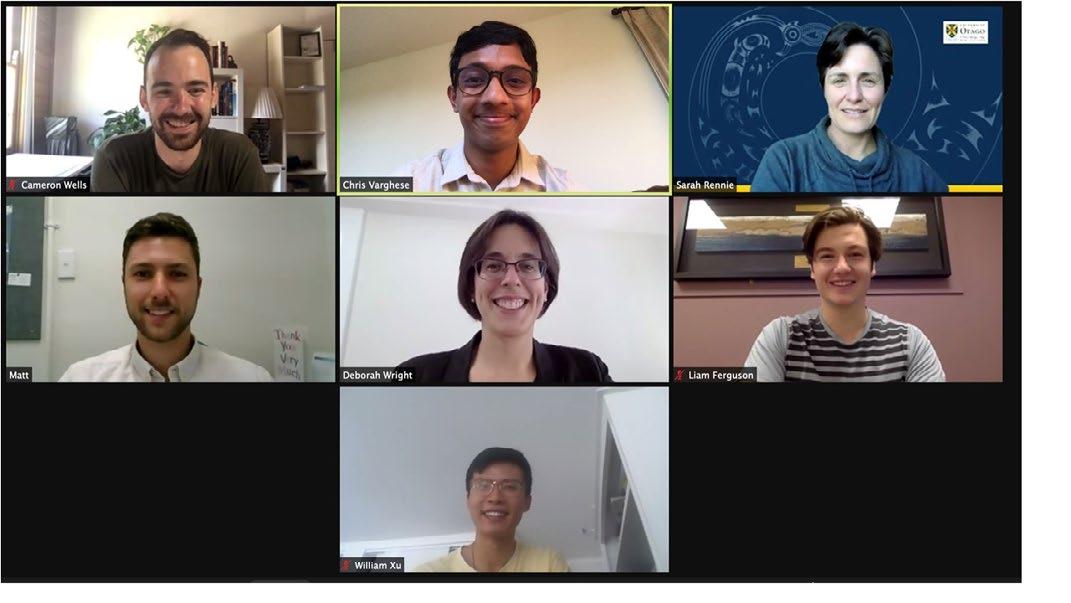20
Embracing diversity feature
Pioneer, inventor, educator: Australia’s first female paediatric surgeon Helen Rae Noblett was a pioneering and innovative paediatric surgeon. Born in Terowie, South Australia, but brought up in Queensland, Helen made an impression at her school as a sporty, bright and hardworking scholar who won prizes and a scholarship to medical school in Brisbane. She qualified in 1957 and proceeded to training in General Surgery and then Paediatric Surgery in Brisbane Children’s Hospital under the late Des McGuckin in 1962. She was McGuckin’s first Trainee. In 1963, Helen moved to the Royal Children’s Hospital, Melbourne and continued her training as a registrar under Frank Douglas Stephens AO,
Edward Durham Smith AO and others. She was awarded her FRACS in 1964, becoming the first female paediatric surgeon in Australia. During Helen’s time in Melbourne, she pursued research in gastrointestinal diseases in parallel with her clinical work, working with Ruth Bishop’s team (which later went on to first describe Rotavirus in 1973). It was during this research that she invented a device for sampling ganglion cells in rats, which she later developed into the instrument for use in babies and children. It bears her name to this day. In the United States, Helen worked as a research fellow with Bill Clatworthy and
Jim O’Neill at Columbus Children’s hospital from 1967-1968 and made a strong impression. Her colleagues noted that she was ‘delightful, collaborative, charming, very scholarly,’ ‘we learned an enormous amount from her’ and that ‘she was the real thing’. Other Americans mention her enthusiasm, skill and kindness. Back in Melbourne, Helen was part of the thoracic surgery unit headed by Russell Howard, which also included Nate Myers and Max Kent. Helen developed her own method for managing babies with oesophageal atresia post-operatively: at the time of repair she fashioned a gastrostomy with a trans-pyloric feeding tube to enable immediate enteral feeding without the complications of gastrooesophageal reflux. She continued to use this technique throughout her career. For cases with a long gap she used the reversed gastric tube, though later she was open to discussion of alternatives. In 1969, Helen published two landmark papers. The first was a method for the nonoperative treatment of meconium ileus by Gastrografin enema. Until that time, most babies were treated surgically. The second described the rectal suction biopsy device of her own invention used in the diagnosis of Hirschsprung disease. Both of these are in regular use worldwide today and associated with the name of Noblett. In 1976, Helen left Melbourne to become the first paediatric surgeon at the Bristol Royal Hospital for Children in the United Kingdom. Bristol was one of the last major centres in the UK to recognise the need for paediatric surgery and there was opposition to the role in the entrenched views of some senior surgeons and paediatricians. However, Helen was a very strong and resilient character and within a short time she had demonstrated that her outcomes were as good as those at any centre in the country. The next battle was to appoint a colleague but it was not until 1982 that David Frank was appointed to share the large workload and develop paediatric urology in Bristol. It is difficult to understand how one person managed the workload generated by a

























